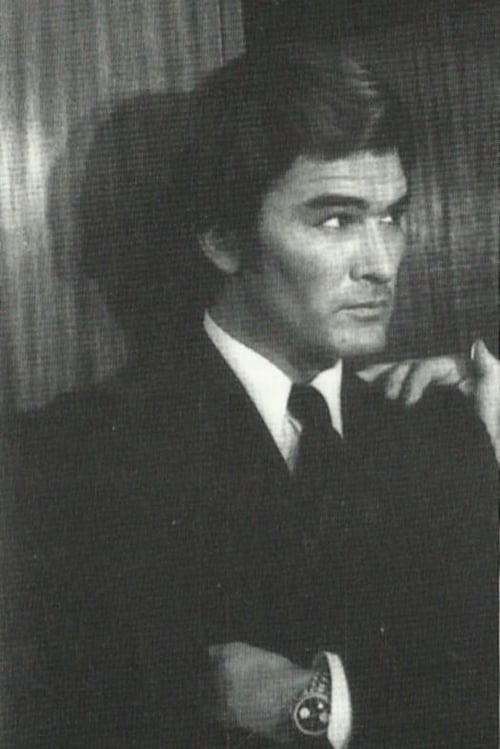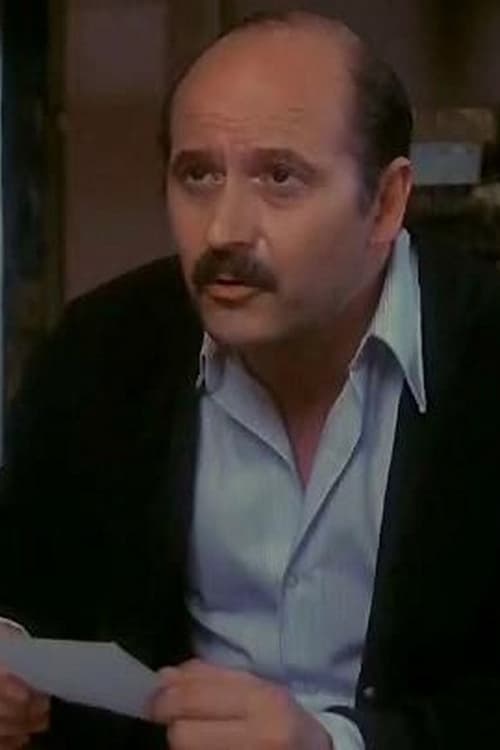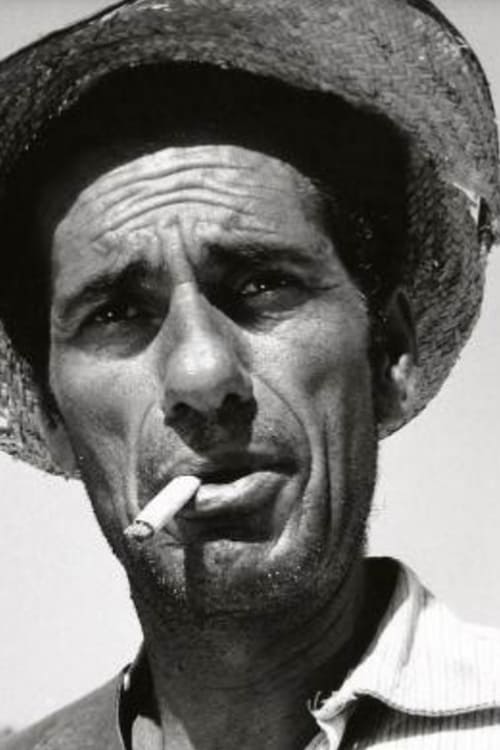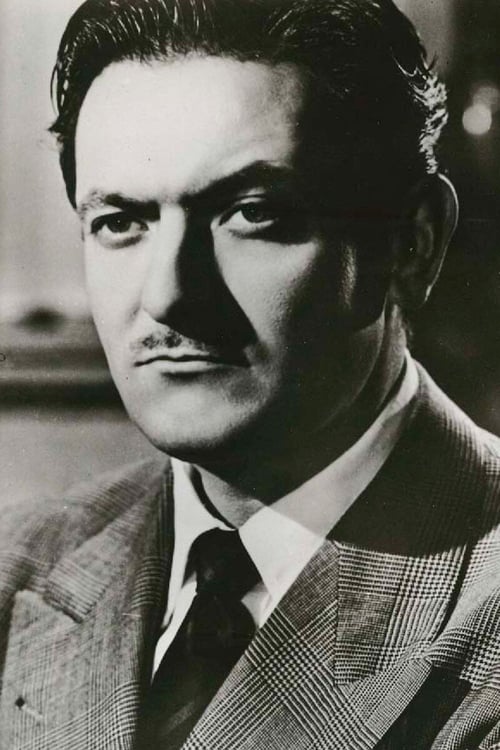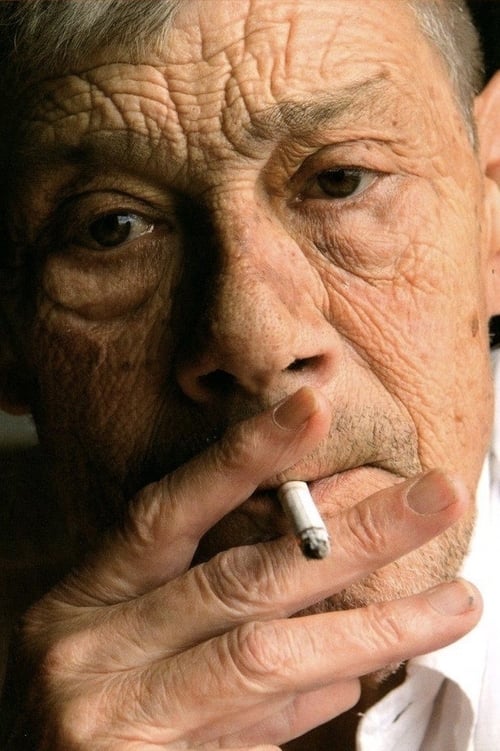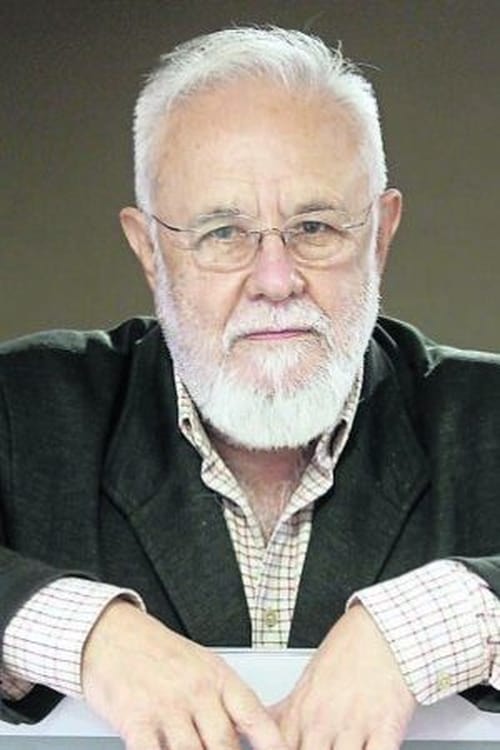De cuerpo presente (1967)
ジャンル : ドラマ, コメディ, 犯罪
上映時間 : 1時間 33分
演出 : Antonio Eceiza
シノプシス
After seeing that Nelson kisses his lover, Barlow poisons him. But it turns out that Nelson comes back to life when he was about to be buried. From that moment, Barlow does not stop chasing him to finish his work.

The real story of Quilombo Olho d'Água from Serra do Talhado, in the state of Paraíba, Brazil, which became institutionally isolated from the rest of the country. Quilombos were runaway slave communities in colonial Brazil.
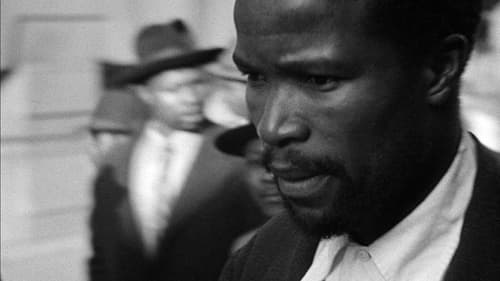
Come Back, Africa chronicles the life of Zachariah, a black South African living under the rule of the harsh apartheid government in 1959.

The problem of slum dwellings in the 1930s.

This is a montage of different images from the JFK, Martin Luther King and Bobby Kennedy triumphs and assassinations, all three events being observed by Lyndon Johnson as the dark figure who is plotting the anti-black rights movement.
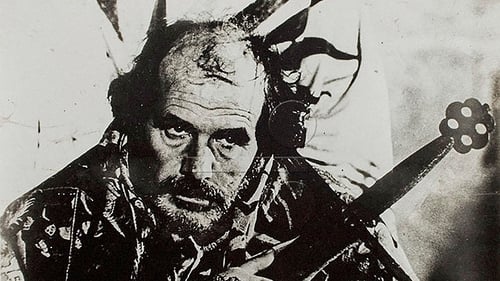
In a castle, somewhere in the Thirld World, Diaz is delirious, dreaming of the power he had in Eldorado, while oppressing the indians, workers and peasants. He is well aware of the menace his old victims represent, while a miracle-making shepherd fascinates and frightens him. Diaz finds a countrywoman, symbol of purity, and prepares a ceremony in his castle resembling his own funeral. - IMDb
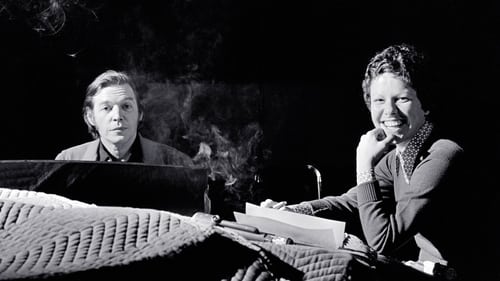
Half a century ago, Brazilian composer and musician Antonio Carlos "Tom" Jobim (1927-1994) introduced bossa nova to a worldwide audience with "The Girl from Ipanema." This relaxed, cool, sensuous music blended jazz and samba. After recording an album of songs by his friend Jobim, Frank Sinatra is reported to have said, "I haven't sung so quietly since I had laryngitis." Naturally, "The Girl from Ipanema" and Frank Sinatra are featured in this musical collage of countless seamlessly edited excerpts of concert footage that cover decades of events all over the world: from Rio de Janeiro to Lisbon, Paris, Copenhagen, Jerusalem, Tokyo, Montreal, New York and back to Rio.

A man endeavors to collect memories of his grandparents who died in a concentration camp during the Holocaust.

In a freshwater pond, it's "eat or be eaten." A dragonfly larva eats a midge; a water beetle larva eats a damselfly larva. Snail larvae grow. A beetle larva eats one. Up close, we see the eating apparatus of a damselfly larva—with a retractable hook beneath mandibles. Some creatures bite and chew, others suck. A water beetle larva holds on to its prey, injects a poison that turns the victim's insides to soup, and then sucks it dry. We watch one eat a damselfly larvae and then another water beetle larva. Some have ingenious ways to camouflage themselves, like the water scorpion, and to breathe air while hunting under water. Caddisfly larvae hide in debris, then eat.

This documentary chronicles an Yves Montand concert for Chilean refugees in France.

From his diary, filmed over ten years, filmmaker Alain Cavalier invites us to a meditation on old age, weakness and death. Made of moments of life, fragments of images, this film composes a mosaic where the spectator is invited to also find his place by himself...

ある演奏会の会場で、かつての友人の妻で、今は未亡人となったセヴリーヌの姿を見かけたアンリ。後を追いかけるアンリだったが、セヴリーヌは彼を避けるようにタクシーに乗り込んでしまう。その後、アンリーはセヴリーヌがピラミッド広場の高級ホテルに宿泊していることを突き止めるが……。<ルイス・ブニュエル監督、カトリーヌ・ドヌーヴ主演による1960年代の傑作『昼顔』の登場人物たちの38年後を描いた話題作。巨匠マノエル・デ・オリヴェイエラが、昼間は娼婦となった裕福な家庭の貞淑な妻セヴリーヌと、彼女の秘密を知るアンリの偶然の再会を描く。ドヌーヴに代わりセヴリーヌを演じるのはビュル・オジエ。>

In 1966 I came up upon a book of Meher Baba, the Indian guru/scientist, in which he said that there are three great holy places in Europe: Avila, Assisi, and Fatima. In 1967, I decided to visit Avila where I had an enlightening experience. This is a filmed record of my visit to Avila, with my voice telling how I felt there and what happened (especially with the little dogs).

An army pilot is visiting the home of another army pilot in a neighboring country, and falling in love with his sister, when war breaks out.

Bilike has never seen a ping-pong ball before. He and his family live without electricity and running water in a solitary tent home among the vast steppe grasslands. The magnificent landscape here has changed little since the days of Genghis Kahn. But life in the middle of nowhere can be exciting for a young boy. The smallest of details become big events for curious Bilike and his best friends Erguotou and Dawa. The mystery of the small white ball floating in the creek leads to questions about the world around them, as well as innocent mischief.

Early 20th century Philippines. The sounds of war signal the arrival of the Americans. A mother and son flee to the mountains, hoping for a quiet life. One day, the son discovers a wounded woman in the middle of the forest, and decides to bring her home.

A young schoolboy tries to help the girl he likes to pass a test.

The Fall of the Romanov Dynasty was pieced together by documentarian Esfir Shub from material recorded between 1913 and 1917, and represents the final years leading up to the Russian Revolution. Through editing, Shub casts a critical, ironic light on the former czarist regime. The Fall of the Romanov Dynasty is the first film in Esfir Shub's trilogy that continued with The Great Road (1927), and concluded with Lev Tolstoy and the Russia of Nicolai II (1928).

Elem Klimov's documentary ode to his wife, director Larisa Shepitko, who was killed in an auto wreck.

Centuries of June, perhaps more than any Cornell film, is a naked attempt to capture the soul of a place and the mood of a disappearing moment.

In Vera Cruz in the 1940s, Nacho, an Indian, waits tables at Don Lázaro's café at Hotel Ofélia. He falls for Lola, an opium-addicted, alcoholic whore who's hopelessly in love with Gardenia Wilson, a masked wrestler who slept with her once but knows she's unbalanced. Don Lázaro warns Nacho about Lola, and Nacho knows his love will be unrequited, but he'll do anything, regardless of how degrading, to be near her. Lola, for her part, can be sadistic. Republican exiles who are regulars at the café encourage Lola's desire to assassinate Franco. Nacho in turn mixes this political mirage with his fascination with the plot of "The Mikado." Where do fantasies and obsessions lead?





